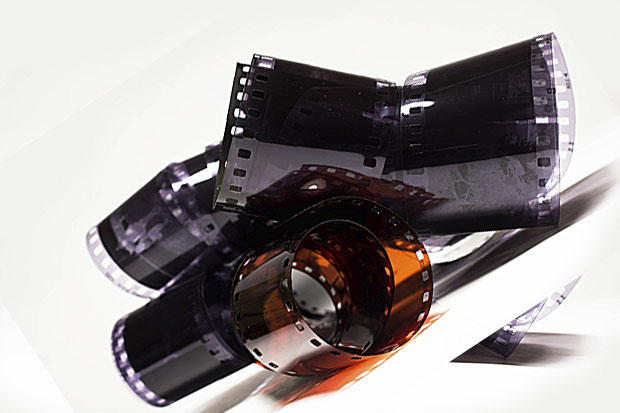Photo Negatives - Why they are called Negatives?
For those born in this century, negatives in photography are probably limited to not getting the light right or getting the angle wrong. Little do they know about the pain of having to wait for your photos to develop from the limited rolls of film, and the absolute devastation when the photos would come out blurred after all that wait.
And naturally, they’ve never come across the brown strips with ghost-like images—also known as the “negatives.”
What Are Negatives in Photography?
Well, in the simplest terms, negatives are the actual photos. Back in the day when digital cameras didn’t exist or weren’t as mainstream, regular cameras required a film strip to be inserted somewhere at the back of the camera in its film progressor.
Then you’d give this roll of film for it to be processed and developed. What you’d get back was a paper sleeve with your processed photos along with the strips from the film that was inserted in the camera earlier. These strips are what we call “negatives.”
Why Do We Call Them Negatives?
This is an interesting question considering the fact that there isn’t anything particularly negative about them—they’re pretty useful! So, one wonders why the bad image—pun intended!
Well, there is a bit of science behind why they’re called negatives. The film in your camera reacts with the light that passes through the lens, and the reaction darkens the film, lowlighting the shapes that eventually show up on the final photos.
If you compare your negatives against the developed phots, you’ll notice that everything that appears dark on the negatives becomes light on the developed photographs and vice versa. The negatives get their brilliant name because of this inverse relationship!
How Are Negatives Useful?
Let’s be real, many of us wondered, as kids, why we received those tiny, ugly brown photos when we had perfectly nice developed ones. Well, at least now we know better. These small seemingly insignificant negative strips, if stored properly, can be developed over and over again!
And here’s the best part: you can now get them digitized! Yes, you heard that right. You can have your negatives converted directly to a digital format, safe keeping them forever! You can also share them with your little Generation Z and Alpha friends on social media!
If you have some negatives lying around that you’d like to digitize, get in touch with a photo restoration service! They will not only convert your negatives, but they’ll also improve the resolution and do some color correction for you!
They also offer damaged picture restoration services and photo scanning services in Houston, TX. Get in touch today to travel back in time!
